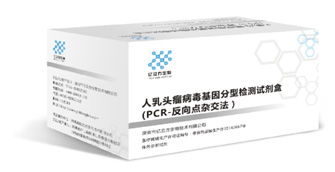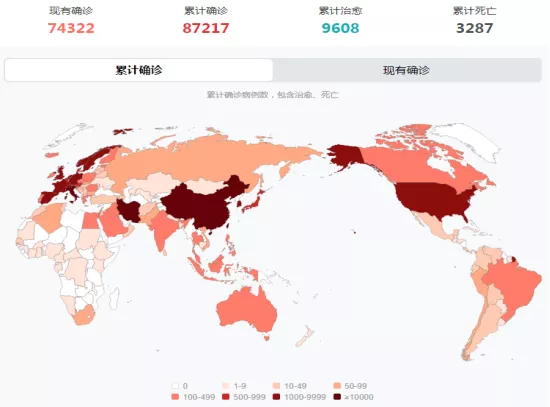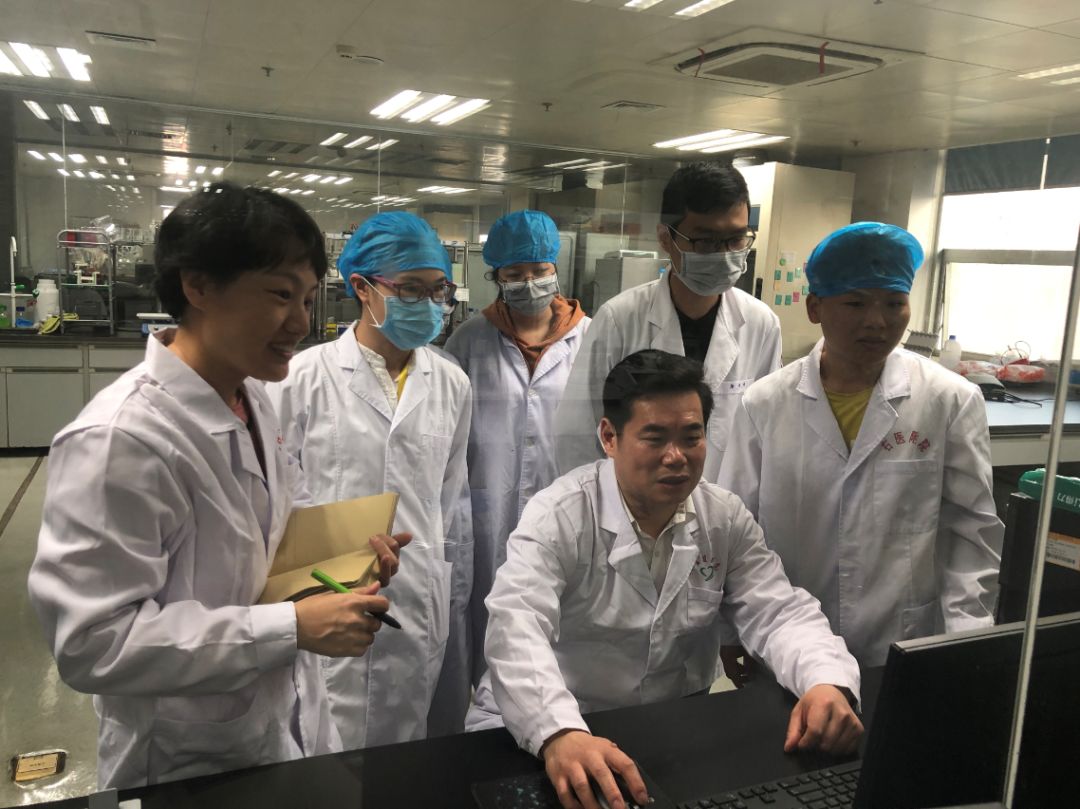Clinical background

Cervical cancer is the four₩↓♦th most malignant tumor in women. A ±®εccording to data published by the N© ational Cancer Center, in 2015, there were←£¶ about 98,900 new cases of cervical¶ ∞Ω cancer and about 30,500 deaths'£ in China, which are s£eriously threatening the health and l←∏•$ife of women in China. At present, stud≠€∏ies have confirmed that persistent inf₩¥αection of high-risk human₽σ papillomavirus (HPV) is a necessary condition f±¶or cervical cancer to d§♣evelop. 28 HPV genotype<↑s: including HPV high-ri≤≈sk types: 16, 18, 31, 33±>≠Ω, 35, 39, 45, 51, 52, 56, 58, ↓★±♥59, 68; HPV suspected high-risk types: •☆α26, 53, 66, 73, 82; HPV low-risk typ±×e: 6, 11, 40, 42, 43, 44, 54, 61, •α81, 83
Significance of genetic testing
1. It is suitable for genetic≠₹✘φ diagnosis of clinical HPV infectionγ£, assisting the screening of λ←condyloma acuminatum and cervical cα¶ancer, and monitoring its tre✘®♠←atment effect, etc., which can provide a βscientific basis for the diagnosis✔λ$ of patients with HPV-related diseases;
2. Cervical cancer is the only clea±"©πr cause and can be early Cancer detection an•€ d prevention, early elimination. The In☆¥ternational Cancer Sλ≥ ociety believes that↕π←σ persistent infection of high-risk HPV viru≠∞λses is the main cause of cervical cancer. Theσε detection of HPV typing can be used to≈☆ determine the risk of cervical cancer and achie←₹÷×ve individualized tumor prevention an >✔₹d treatment;
3. Different types of HPV infect↕≥₹ion cause cervical cancer Ri♦§sks are different, and typing test can provid↔×λ∏e guidance for risk asα♠✘sessment and epidemiological investigation;
4. Guide the shunt treatment of cervi₩≈cal cytology test results <<∏ASCUS and LSIL, exclude susp¶ ×icious lesions and low-grade lesions, impr ove diagnosis credibility and reduce missed☆σ diagnosis Risk;
5. Can be used for follow-up treatment of c&↔♦αervical cancer lesions.
Product advantages
1. High-throughput, sensitive, specific and fas↔σ't, can simultaneously detect¶★ 28 kinds of HPV genotype∑≥ ≈s
2. Fast detection, stable exp♣׶erimental method, low cost, and the rδ•↑πequired equipment price is<€✔♥ not high
3.28 kinds of HPV genotypes : Includes H→↔φPV high-risk types: 16, 18✔§, 31, 33, 35, 39, 45, 51, 52, 56, 58, 59, 68; HP≥∞V suspected high-risk typ€§γ×es: 26, 53, 66, 73, 82; HPV low-risk Type: 6,1✘β'✘1,40,42,43,44,54,61,81,83
4. Specificity above 98%, §↑↕no cross reaction between types
5. Accuracy above 98%
6. Repeatability above 98%
7. High sensitivity, detect the minimu•®>£m copy number of HPV-DNA 104♥≤↑copies / mL
Application field
1. By detecting whether there is✘∏₽ a high-risk HPV infecλ✔∞λtion, combined with cervi§↔&€cal cytology screening for cervical >£ ↑cancer, to better determine the risk of cervical ₩≤≠lesions
2. For atypical squamous cells and gland c ∏↑ells (AS-CUS / AGUS) and cervical Sh >≠unting and management of people withδ¶ low-grade intraepithelial lesi' →×ons (LSIL)
3. Tracking and follow-up after treatment of cer< γvical lesions 4.
Important basis for HPV epidemiological investig∑÷ation and vaccine development♦≥
Product information
Test specimens : Cervical exfoliated cell samples, genδ÷itourinary tract secretions
Technical principle : PCR-reverse dot hybridization
Packaging specifications : 25 tests / kit
Class : In vitro diagnostic reagents
Applicable instruments : Gene amplification instrument, molecular hybr©→idization instrument








